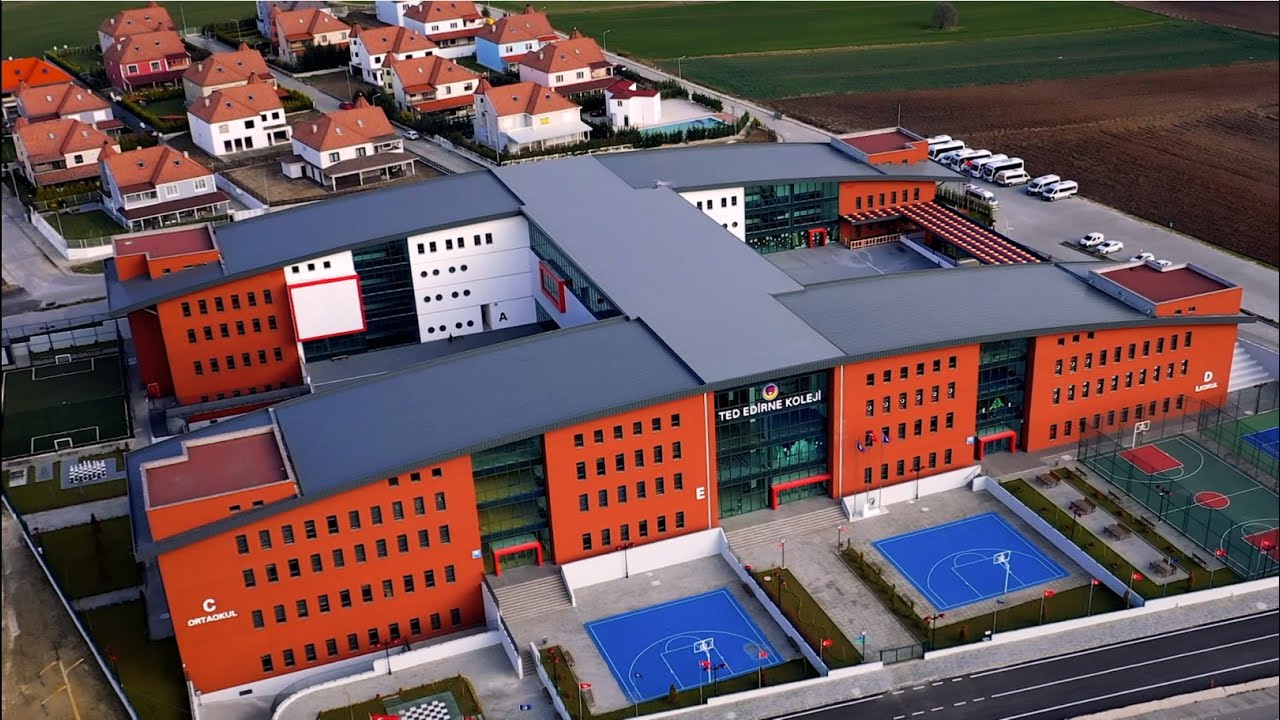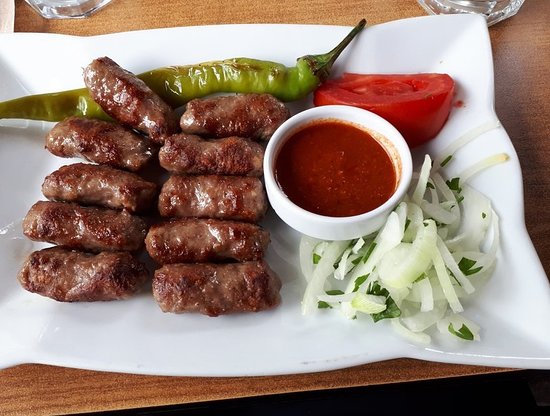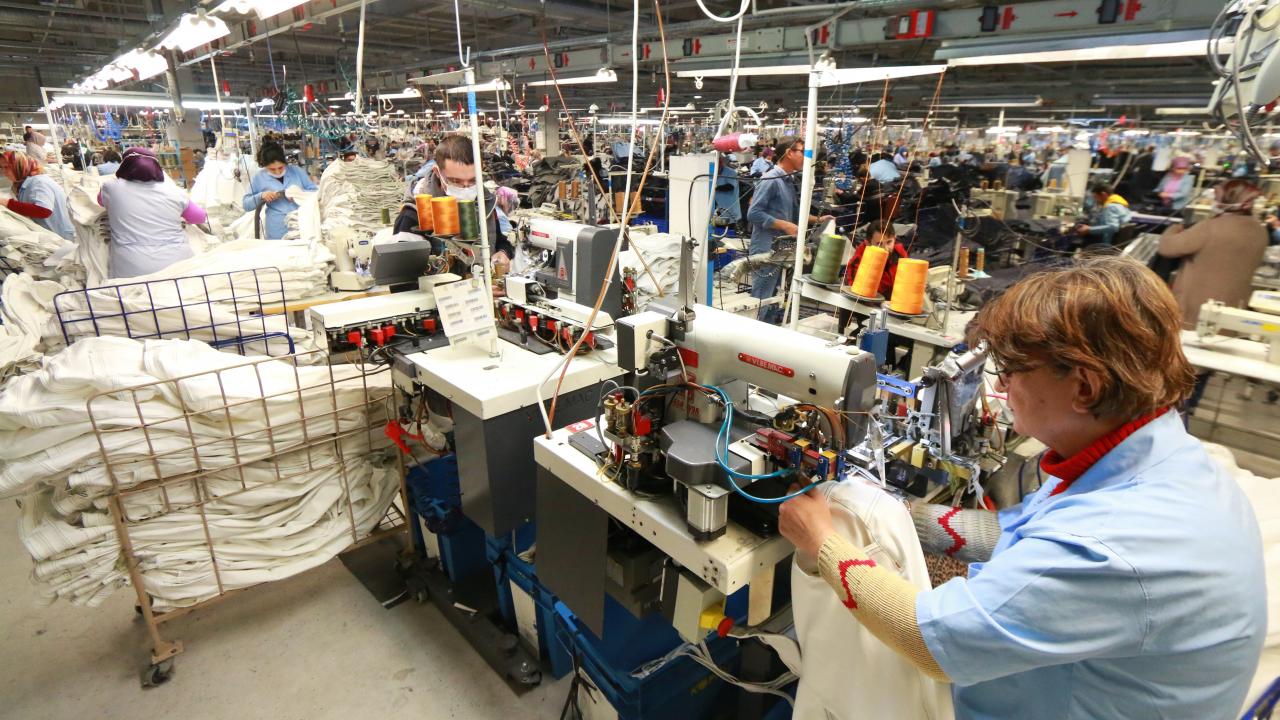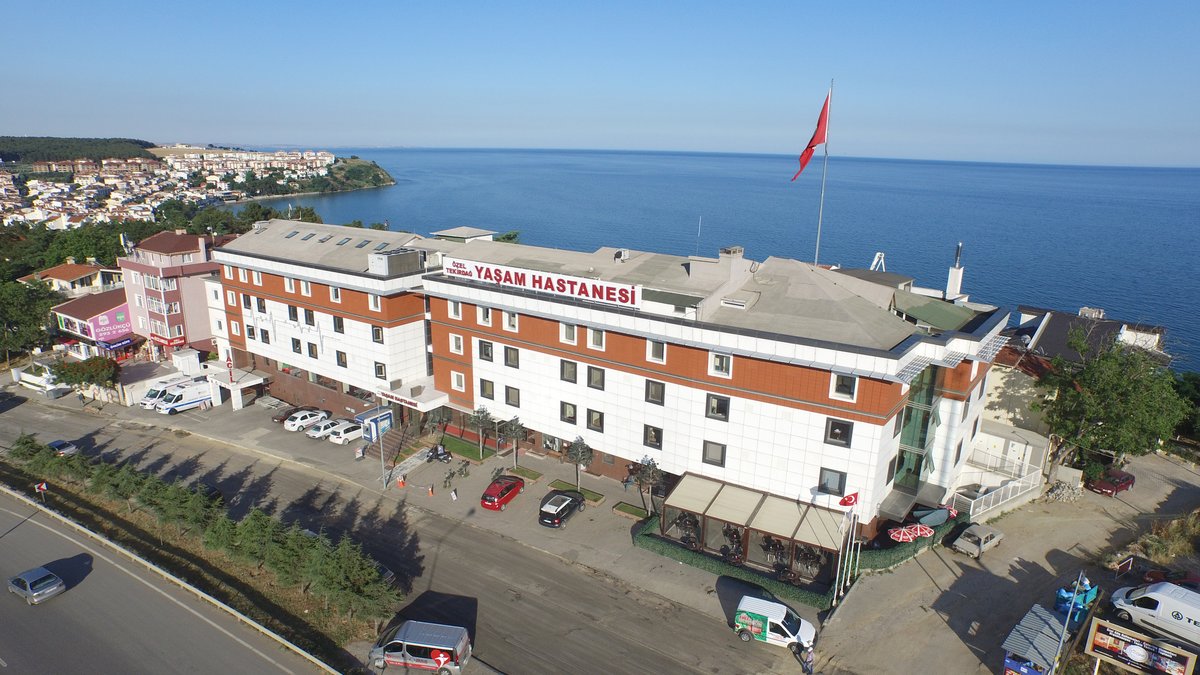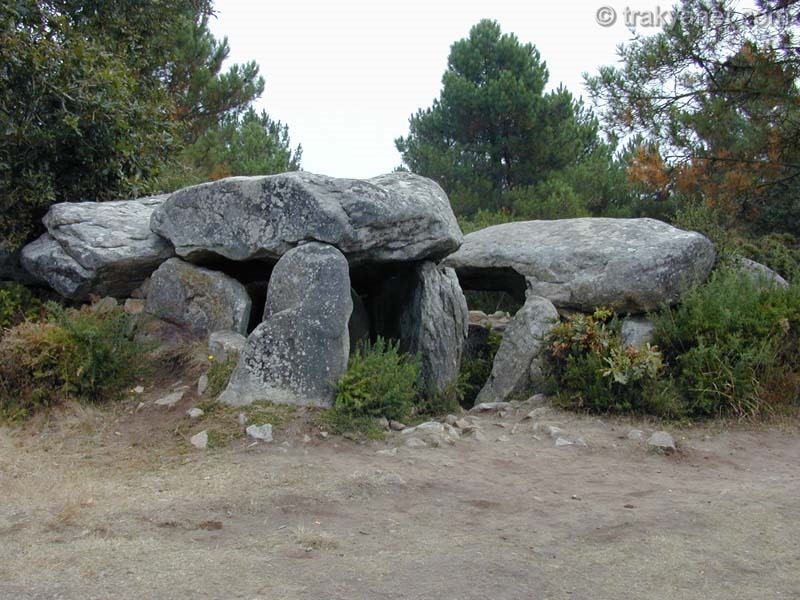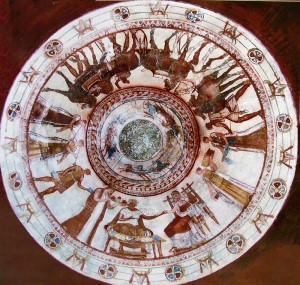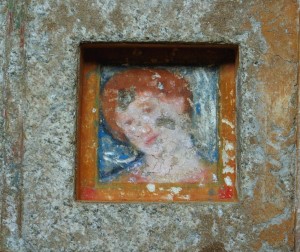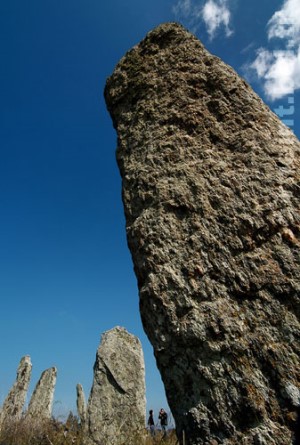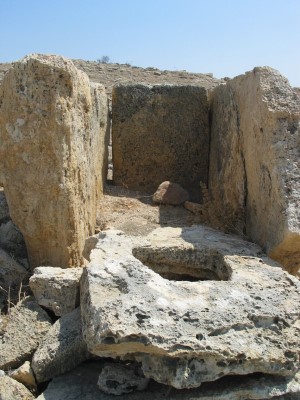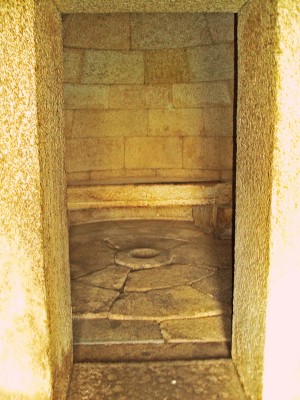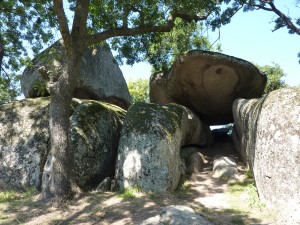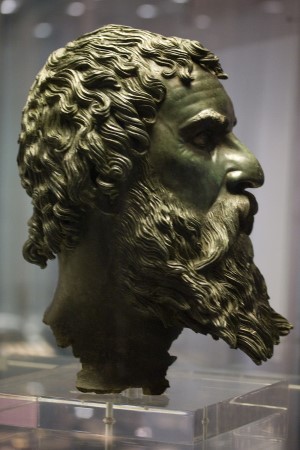At this point, the forces associated with the sun, integrated with fire and light, and as elements that derive support from masculine air and contrast with feminine water, yet dominate water and perform the act of boiling, granting it the power to create, they also assumed a vital function of healing and contributing to transformation. The sun and its associated forces, often represented by lions and similar felines, became symbols of warrior groups or aristocrats, depicted as warriors with feathered headdresses. It is no coincidence that the sun, as a symbol of nobility and privilege during the Iron Age, was depicted in the image of a cavalryman, associated with aristocratic warrior groups. The divine forces associated with the sun and fire also fully represent masculine sexual power and are associated with the water aspect of feminine power, representing life.
At this point, the weapons and military artifacts thrown into springs, rivers, and swamps during the Bronze and Iron Ages must correspond to a request for assistance from feminine powers on behalf of masculine entities or military structuring. The connection between the forces identified with the sun and fire and the wind is not coincidental; they are combined with the dynamic character of the masculine creative warrior force and reveal its fertilizing power. The wind and sun motifs hidden in the cave, which clearly emerged during this period, represent the cave, identified with the lethal aspect and fertility of feminine powers and the dwelling place and essence symbol of the Mother Goddess, and the shelter of the masculine power during its battles against the evil forces of darkness. More precisely, it represents the stage in which it attains immortality and passes from body to body.
The existence of foreign and hostile powers, which surrounded and threatened people living in a world full of dangers, despite the bright side of the divine powers, which displayed an unstable and changing character identical to the changing and mobile structure of the Iron Age, was carried over to the sacred realm as well as the lived realm, bringing with it dark and malevolent forces identified with different and alien powers within this ethnic religion. At this point, the phenomenon we encounter in the Christian processes as Agios Yorgos or Saint George, integrated with lightning and the sky, originating from the Sky God, but more closely identified with the Sun, as the War God, fights the forces of evil with his spear, the symbol of power and light of the War God and the Cavalry, and sanctifies the military structure by making it effective and powerful within this Chthonic social structure.
The dragons he usually fights appear as a social and universal symbol, embodying the four elements of the universe and manifesting themselves as a negative reflection, the exact opposite of the existing positive realm with its infinite powers of transformation. They represent a different phenomenon, an enemy, and a different social and universal formation, reflected in mirrors but hidden behind dark and destructive forces, both similar and different. This is natural in a religious system based on individualism and is designed to reinforce the individual's resistance and fighting power. Similarly, this formation, with its social structure based on individuals, supports and activates warriors within the tribal structure, demonstrating their protective power and the charismatic aspect of the chief.
The religious formation that supported the material existence of the warrior aristocracy and chiefs, who played an active role in this formation where the perception of the active and passive universe was of great importance, is also intriguing. It is seen that they sometimes compromised and sometimes clashed with the warriors, yet complemented each other. The most striking reflection of this is seen in the depictions of twin beings or two-headed animals and birds, reinforced by the concept of the Twins, the sons of the sky and the first humans. However, with the strengthening of military aristocracies and the consolidation of chieftainship or kingship, the Warrior God or God of War began to be integrated with the Chief or King, or different concepts for the Chief or King began to be sought. The inclusion of Hermes, representing royal power, in the Thracian trinity of Ares, Dionysus, and Artemis, as we learn from ancient sources, is interesting at this point.
Iron Age art, which appears as a fusion of religious and artistic systems in its general structure, has always served a multifaceted function, whether in Europe or throughout Eurasia. The objects we consider works of art today are not only social and divine symbols in which beliefs play important roles, but also multifaceted centers of symbolic power, integrated with diverse social and religious purposes. The craftsmen and artists who created these works were, as individuals who were deeply familiar with the symbolic function of these objects, likely well aware of the privileged function and social function they fulfilled. The works' production characteristics and their constructive scheme, which are open to ethnic and social differentiation, clearly demonstrate this.
In this world, where ceramics were produced for simple, everyday purposes, solely for personal use, with the exception of imported ceramics as luxury items, the most preferred materials were bronze, silver, and, above all, gold. The fact that iron, except for war implements and some utilitarian objects, was not used in artistic, spiritual, or religious production must have been consistent with the unique symbolic values of other metals since the Bronze Age. In this symbolic assessment, silver is associated with the Moon, while gold appears as a privileged divine symbol associated with the Sun. With these qualities, metallic luxury artifacts, whether as jewelry and clothing items or as objects of ceremonial and social use, are religious and social symbols endowed with a purely personal and communal ritual function.
The gifts given by chiefs or kings, supported by warrior aristocracies venerated by the Sun's sacred and martial identity through gold, in return for this support, also serve as indicators of power that bring with them social privileges and divine veneration. These artifacts also serve as important social and divine indicators. In this universe, where life is perceived as a complete ritual, objects we might call artistic have acquired a ritualistic quality, existing as objects constantly on hand by chiefs and kings, documenting their divine and worldly power.
While ornate swords and precious jewelry, as objects reflecting memories and achievements and reminding one of religious and social duties and privileges, become integrated with and integrated with the individuals who receive them, small votive offerings and objects of religious ceremony also function as tools of integration between the community and divine entities. The magnificent tombs and other burials, each a symbolic focus of power, are entirely reflections of this ceremonial formation. Along with commemorative stones, symbols of the power of a warrior ideology, they establish a connection between life and death, between ancient charismatic ancestors and future generations, and serve to ensure the continuity and resilience of not only society but also the universe.
In addition to the internal dynamism of the Constitution, shaped around revenge and blood feud, Iron Age laws, driven by war and struggle in the network of external relations where plunder carried an important momentum and social function, manifest themselves in religious and artistic environments.
This religion's orientations, which aim to provide a stable and balanced universe that is intertwined with nature and guided by the mysterious laws of the universe, indicate that no person or any divine or ordinary power should go unrewarded for its deeds. While individuals' essential identities and bravery as well as their essential life energy and true self-identity are integrated with the communities they are in, at the same time, individuals' worshipping objects that mediate the divine power that provides their protection and the mysterious energies they obtain through touch and desire and carrying these nail polishes that give them the power to achieve their divine purposes or leaving some of them as offerings constitute an important element in destroying evil and the unwanted. While serving the purpose of individuals or communities, the sacred objects that form a focus have become objects of divine transmission, specific to the individual or the community's own self depending on its function and closed to others, and mysterious objects that can be contaminated by the energies of others and lose their function. With these features, the objects we define as art objects have become an important social and religious focus, taking on a function similar to altars, which are the most important centers of divine integration, integrated with nature and generally manifested as open-air altars.
In this world where human sacrifice was widespread, the skull cult and the tradition of beheading, which were important, aimed to capture human inner energy and, through it, support and utilize this vital force. Iron Age religions, characterized by a Chthonic character, directly activated objects we call works of art in their quest to appease divine powers and strengthen human-to-human relationships through their healing, strengthening, protective, and sanctifying qualities. They transformed these objects into significant centers of power for social life, both divine and intertwined with the divine. The mystical nature of Iron Age religions, which eschewed universalism and were open to specific groups, generally initiated communities, always aimed to establish a balance between different realms, with principles that reached beyond death and into the divine, and guided artistic activity accordingly, whether in Shamanic or Druidic forms.
In this mystical world, rife with wars and conflicts and integrated with nature, while vegetal and animal motifs are widespread as artistic styles, human depictions are very limited. These generally appear in highly abstract and stylized forms. The use of birds of prey and predatory animals to sanctify death, gain immortality, and glorify valor has also been presented as a symbol associated with rebirth and transformation, and it also serves certain symbolic social implications.
While animal struggles, which are also perceived as indicating relationships between victorious and defeated tribes, are more commonly seen in the art of communities living on the steppes and Eurasian steppes, animal depictions found in Western Europe were approached with a different approach, though they occasionally featured human-animal conflicts. The use of vegetal motifs was also quite prevalent. These animal depictions and animal struggles are also observed to have astronomical implications. The numerous artifacts encountered, particularly in the form of rock engravings and rock paintings, are of particular interest, possessing religious and social functions.
It is possible to make some brief, specific interpretations of the objects and scenes of symbolic value found in artworks associated with occult and mystical Iron Age religion. Scenes of animals, plants, and animal combat, often found alongside scenes associated with battles and memories, can be more clearly perceived by understanding the meanings of these symbolic depictions.
Among the symbolic objects, cauldrons immediately stand out as important objects of use for all Iron Age and Great Migration Period cultures, despite regional variations. The cauldron's ritualistic association with transformation and reincarnation, and its association with water cults and fire as a focus for the integration of dissociated forces, is evident. The cauldron is a vital object representing life and immortality, shaping destiny, and representing sovereignty and social unity. Like cauldrons, incense burners are also important ritualistic objects. These objects, associated with air, are linked to intuitive perception and learning, which were of great importance for this era. Swords, knives, and similar objects, through their ceremonial functions, are divine objects that carry divine light and direct energy. Furthermore, numerous drinking and ceremonial vessels appear as objects that ceremonially validate social cohesion and the functioning of the oath system, as well as ensuring the order and functioning of subordinate-superior relationships, as well as divine integration.
Among animal depictions, which are important symbolic elements that shape the functioning of both religious and social systems, the snake represents creative power, transformations aimed at integration, and immortality achieved through physical, mental, and spiritual transformation. The wolf appears as an important guide, a pioneer of new ideas, and a great educator, symbolizing unconscious knowledge and intuitive comprehension, representing luminous forces. The eagle, while a symbol associated with courage, also represents the power of the soul. The hawk and the falcon are integrated with military groups as carriers of messages from the divine realm, protectors, and watchers.
Although generally a symbol associated with death, the owl represents secret knowledge associated with the chthonic realm. Swans, geese, and similar birds, as feminine symbols, are associated with spiritual transformation, the transport of the soul, and the concept of reincarnation, as well as spiritual ascension. The crow and raven represent hidden mystical transitions, the profound knowledge inherent within the soul and intuitively grasped, and the balance between darkness and light. While felines like tigers and lions are generally prominent as symbols of power, the phoenix is a symbol embodying the phenomenon of rebirth. Despite the varying meanings inherent in animal combat scenes, the animals are generally depicted as representing heroic wars and military dominance, as well as the struggle between forces associated with darkness and light.
The tree image, commonly used among botanical symbols and later attaining a universal character, is generally a depiction of the Universe or Tree of Life, a disc with a hole in the middle, situated at the center of the universe, which is envisioned as encompassing the sky, the earth, and the underworld. It is a symbol of luck and sovereignty, embodying continuity and stability along with Universal Harmony and Balance. It also carries a protective function associated with fate and fortune, as well as the concept of the Divine Mother. It also assumes a social quality related to the stability of sovereignty and the permanence of the nation, a bond between ancestors and forefathers who grant the chief or ruler divine power to govern.
In this realm where human depictions are rare, humans are depicted as individual believers paying the price of devotion and healing in the identities of women, men, children and warriors on votive statuettes presented to altars, as well as in erotic scenes representing Universal Harmony and Universal Continuity.
Iron Age Religion and Art created a functional and dynamic symbolism that sought harmony and continuity, embodied a firm belief in immortality, and embodied the symbols of an age integrated with nature, conveying the invisible, intuitively graspable, mysterious knowledge and the mysterious inner dynamic of life, aiming to reflect the vital force to those who could perceive it. In keeping with the nature of the age, this symbolism provided a visual means of expression for not only religion but also the social formations that merged with it.
Gods of the Thracians
The region's linguistic structure is extremely complex, and name confusion also prevails. The first known official inhabitants of this region were the Astaians, a branch of the Thracians. In Greek mythology, this people seem to have favored Ares, Dionysus, and Artemis as gods. Considering that these people were hunters, warriors, drinkers, and revellers, it's understandable why they admired these deities.
Their general characteristics include not tending to the land, living as nomads (which is why they consider Hermes their most important god and ancestor), getting tattoos, having unions, fighting among themselves, and burying their dead or their ashes in mounds of earth. While they resemble the Turks' earliest ancestors in many ways, it's too early to say anything about this.








